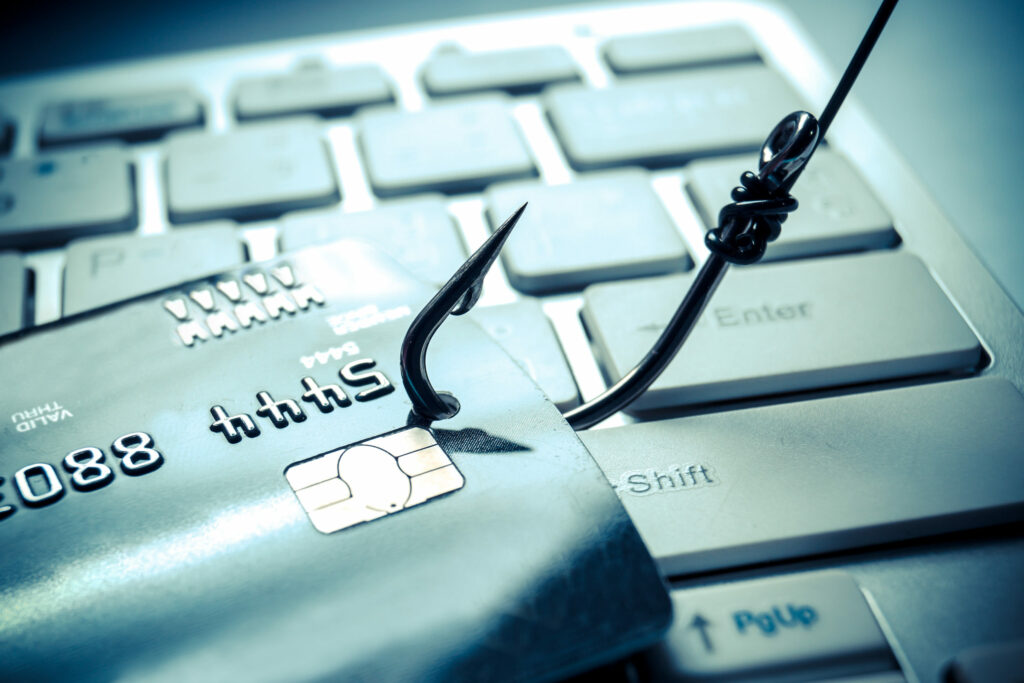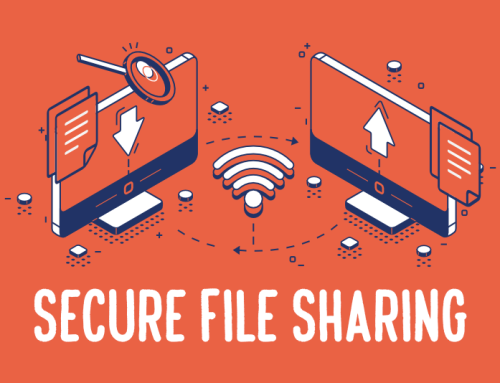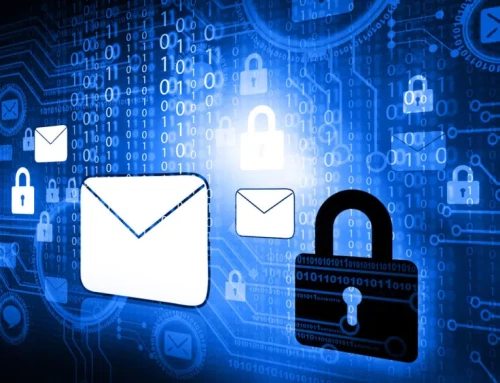Phishing
Phishing attacks are more frequent and sophisticated in the modern digital age. These cybercrimes seek to trick unwary people into disclosing sensitive information, including passwords, credit card numbers, or personal information. Phishing attempts can compromise a company’s or organization’s security and result in sizable financial losses, identity theft, and other negative outcomes. People must be aware of the risks posed by phishing and take proactive steps to safeguard themselves online.
What is Phishing?
Phishing is a type of cyberattack in which criminals pose as reliable organizations, including banks, online services, and even friends and family, in order to trick users into disclosing sensitive information or taking actions that jeopardize their security. Usually, this is accomplished through phony instant messages, emails, or websites that masquerade as trustworthy.
Common Phishing Techniques:
Email phishing:
Phishers send emails that look like official correspondence from reputable companies, frequently using urgent or ominous language to persuade recipients to click on malicious links or divulge personal information.
Spear phishing:
This method targets particular people or organizations by customizing the attack to make it seem more genuine and personal. Phishers conduct research on their intended victims in order to create messages that are more likely to be successful.
Smishing:
Phishing attacks carried out via text messages, also referred to as “smishing,” deceive users into clicking on malicious links or divulging personal information by pretending to be banks, service providers, or delivery services.
Pharming:
To direct users to fake websites that look real and are designed to gather sensitive information, cybercriminals manipulate domain name system (DNS) settings or compromise routers.
Recognizing Phishing Attempts:
It’s critical to be able to spot common signs of deception if you want to safeguard yourself against phishing attacks. Here are a few warning signs to look out for: Check the website’s URL before entering any personal information to avoid suspicious URLs. Phishing websites may have minor spelling errors, extra characters, or a completely different domain. Threats or a Sense of Urgency: Phishers frequently use threats or a sense of urgency to persuade users to take hasty actions or to warn them of dire consequences. Poor Spelling and Grammar: Take note of the language used in emails and messages. Phishing attempts frequently have glaring grammatical, spelling, or formatting mistakes. Unexpected Requests for Personal Information:
Be on the lookout for unexpected requests for sensitive information, especially if they seem pointless or unsolicited. ProtectingVerify the Source: You should independently confirm any request for personal information’s legitimacy by getting in touch with the company or individual in question directly through an official channel. Use caution when relying solely on data from emails or messages. Be Wary of Links and Attachments: Steer clear of clicking on links or downloading files from unidentified sources. Before clicking, hover over links to see their intended destination. Maintain Software Updates: To make sure you have the most recent security patches, protect against known vulnerabilities, and regularly update your operating system, web browser, and security software. Educate Yourself: Keep up with the most recent phishing schemes and scams. Be wary of unsolicited messages, particularly those that ask for private information.
Phishing attacks continue to be a serious threat to people and businesses around the world. You can safeguard yourself from the negative effects of falling for phishing scams by being aware of the nature of these attacks and being vigilant online. Always be cautious when reading emails, messages, and websites, and think twice before revealing personal information online. You can stay one step ahead of cybercriminals and have a safer online experience by implementing these preventative measures.rom






